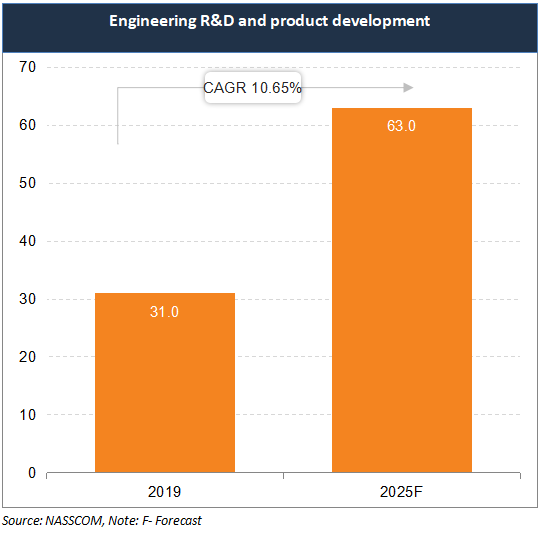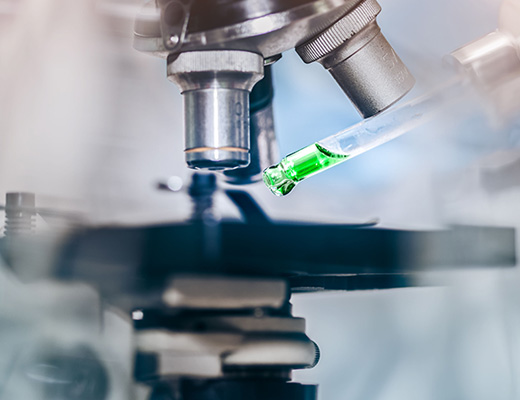Advantage India
Robust
Demand
* The country remains among the top three countries in scientific publication as per NSF database and in terms of no of PhDs, in size of Higher Education System; as well as in terms of number of Start-ups.
* India’s artificial intelligence (AI) industry is set to reach Rs. 2,47,766 crore (US$ 28.8 billion) by 2025, driven by rapid talent growth and demand projected to touch 1 million professionals by 2026.
Attractive
Opportunities
* IIT Madras and ISRO have developed and booted India’s first indigenous semiconductor chip, the RISC–V Controller for Space Applications (IRIS), showcasing domestic R&D strength in space technology.
* India’s drone market could grow from Rs. 35,696 crore (US$ 4.2 billion) in 2025 to Rs. 1,95,477 crore (US$ 23 billion) by 2030, as per the EY-FICCI report “Making India the Drone Hub of the World.”
* India filed over 86,000 AI patents between 2010 and 2025, accounting for 25% of all tech patents, with filings from 2021-25 seven times higher than 2010-15, and 63% originating domestically.
Policy
Support
* The Union Cabinet approved a Rs. 99,771 crore (US$ 11.65 billion) Research, Development and Innovation (RDI) scheme under the Anusandhan National Research Foundation (ANRF) to drive deep-tech research, with industry seeking clearer governance and fund use.
* The India AI Mission has been allocated a budget of around Rs. 2,000 crore (US$ 236.4 million), a massive increase from Rs. 173 crore (US$ 8.6 million) in 2024-25.
* DST’s NIDHI programme has fostered a nationwide network of TBIs and STEPs, strengthening India’s innovation ecosystem by mentoring startups and supporting grassroots innovations.
Rising
Private Activity
* In tune with Prime Minister, Mr. Narendra Modi’s vision of National Hydrogen Mission (NHM), M/s Multi Nano Sense Technologies Private Limited, Maharashtra has come up with plan to manufacturing of Hydrogen sensors indigenously.
* Under the IndiaAI Mission, startups like Sarvam AI, Soket AI, Gnani AI, and Gan AI are building open-source models, backed by affordable GPUs, datasets, and global programmes to drive AI solutions in key sectors.
Major Indian States for Science and Technology
- Maharashtra
- Gujarat
- NCR
- Karnataka
- Tamil Nadu
- Telangana
- Andhra Pradesh
- Madhya Pradesh

IBEF Campaigns
MORE
Aatmanirbhar Bharat Utsav 2024
Union Minister of External Affairs, Dr. S. Jaishankar and Union Commerce an...
Case Studies
MOREIBEF BLOG
MORERevival of India’s Forgotten Superfoods: Jackfruit, Amaranth and Moringa in Global Diets
For centuries, Indian kitchens have been home to an incredible diversity of...
Next-Gen GST: Powering India’s Investment and Demand Surge
India’s recent Goods and Services Tax (GST) overhaul is more than a s...
Transforming Spaces: The Growth and Opportunities in India’s Home Décor Industry
India’s home décor industry is evolving into one of the most d...















